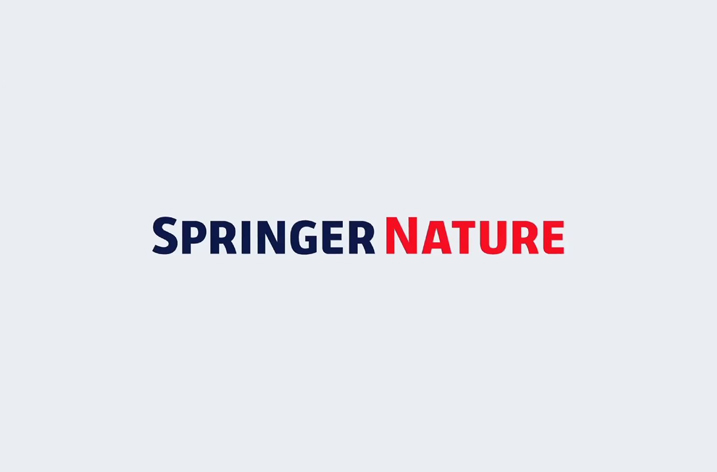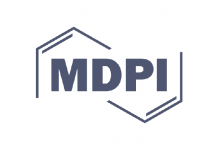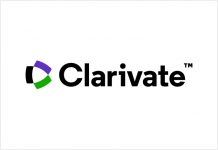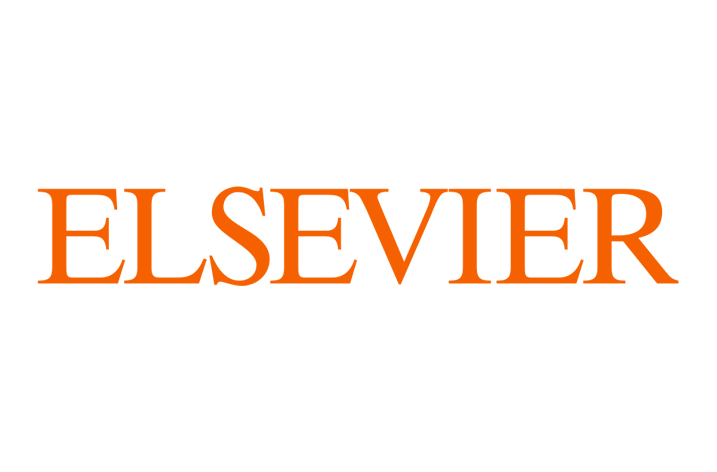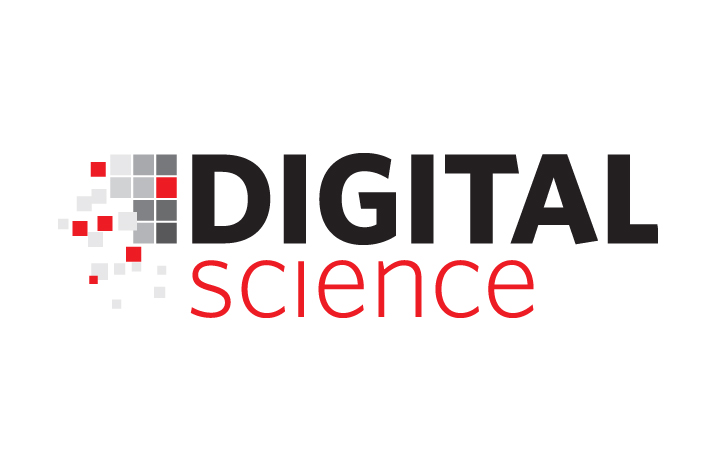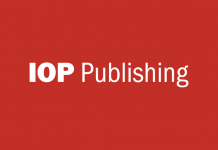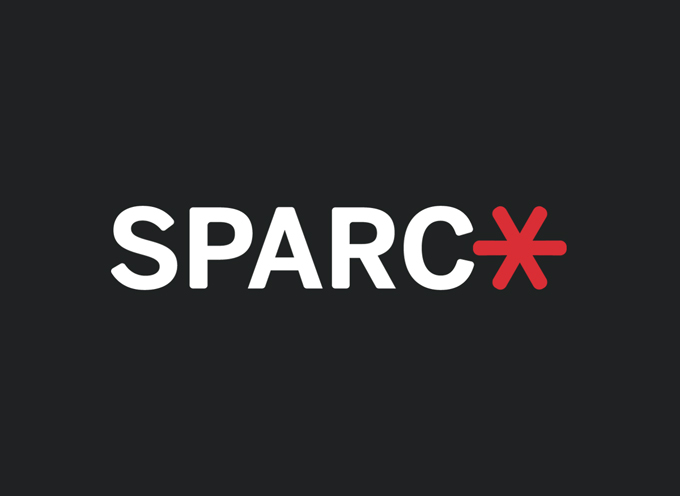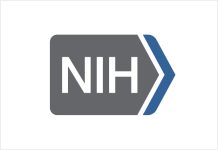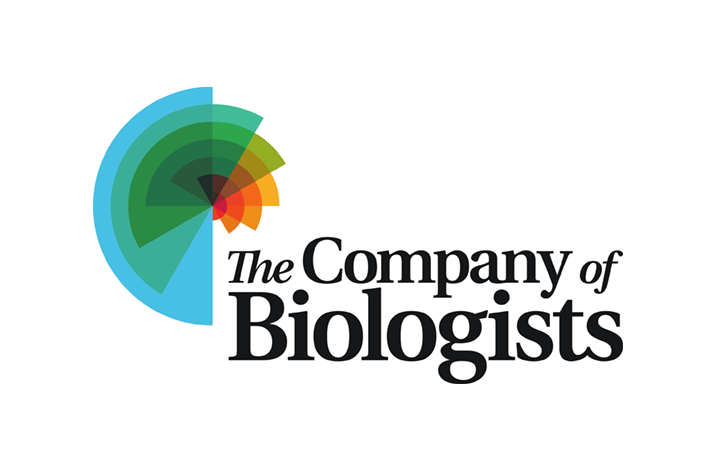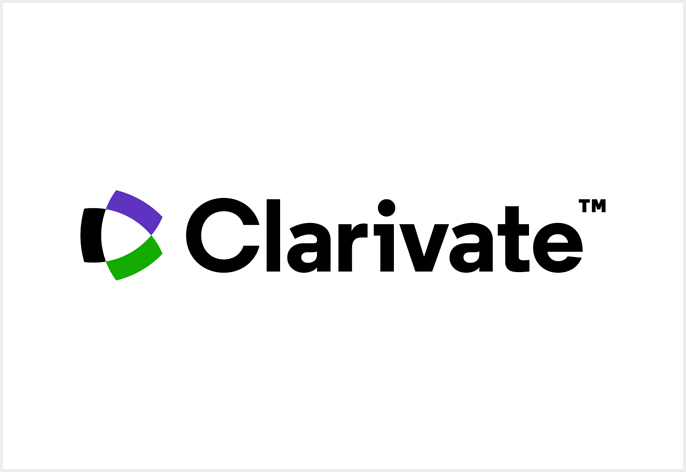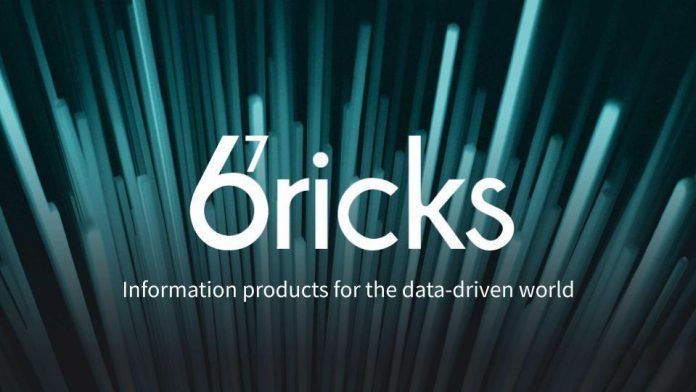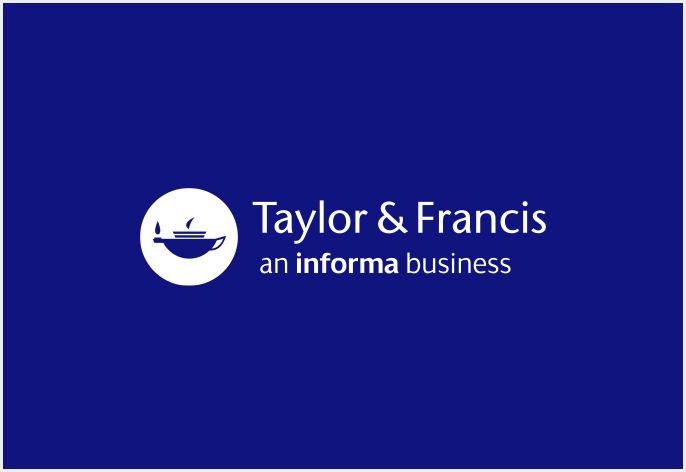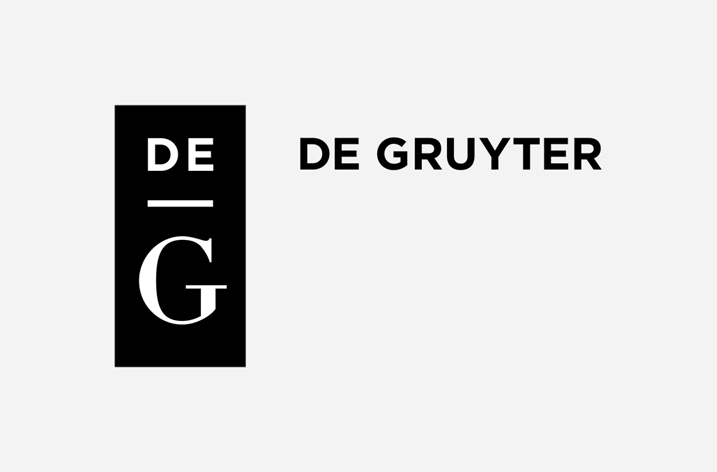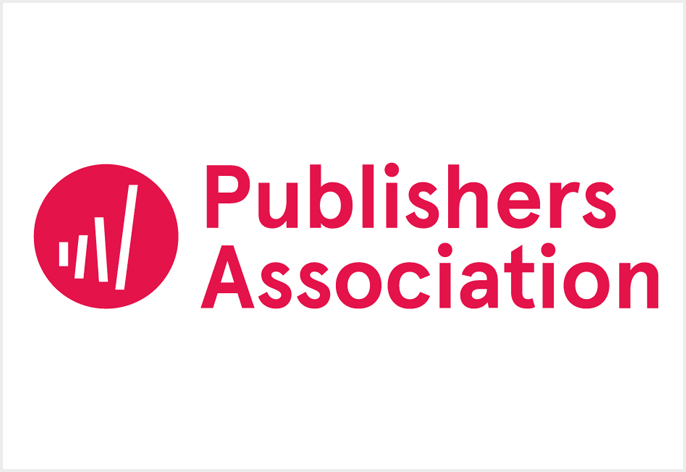Elsevier, a global leader in scientific information and analytics, today launches ‘View from the top: academic leaders’ and funders’ insights on the challenges ahead’, a comprehensive report that investigates the complex issues academic leaders and funders face and their preparedness to tackle them. The report also explores the strategies senior leaders are developing to leverage the opportunities that will ensure long-term success for their institutions.
The report, carried out by Ipsos, is based on in-depth interviews and quantitative research with 115 leaders of academic institutions and research funding bodies across the world. Contributors to the report included university leaders, such as Rectors, Presidents, Chancellors, Vice-Chancellors, Vice-Presidents, and Provosts, and leaders from funding organizations, including CEOs, Presidents, Directors, and Chairmen.
The report includes detailed analysis of the myriad of challenges confronting academic leaders, yet clear global priorities emerge. Research tops the list, with an overwhelming majority (89%) of academic leaders viewing it as their principal challenge, underscoring the crucial role universities play in advancing science. Maintaining research excellence (93%) is a clear focal point.
Funding, education and talent emerge as the second, third and fourth priorities. 84% of academic leaders pinpoint funding as a high priority, with two-thirds (66%) anticipating that this challenge will intensify over the next five years. This priority is echoed by funding leaders, with over two-thirds prioritizing securing finance and expecting it to become more difficult in the future due to stagnant funding growth and rising research costs. The importance of education is reaffirmed with 75% giving it the highest level of priority, leaders are most focused on offering an excellent education (82%). Talent, including the recruitment and retention of staff, is seen as a significant challenge by 75% of academic leaders. Like funding, the difficulty of managing human capital is expected to grow, with 66% predicting an escalation of this topic in the coming years.
The report includes an ‘issues matrix’, highlighting areas where there is a substantial gap between the perceived importance of specific topics and the level of preparedness necessary to tackle them:
- ●Talent: Most academic leaders say recruiting (73%) and retaining talent (80%) is critical, yet the vast majority (93%) say they need more funding to do this. Only 11% said they felt well prepared to offer competitive renumeration and benefits to staff.
- ●Demonstrating societal impact: There is growing pressure to demonstrate the broader societal impact of research beyond traditional metrics, with 80% of leaders stating this is a high priority. This includes showing impact on social mobility and alignment with global frameworks like the UN’s Sustainable Development Goals (SDGs). 79% of academic leaders agree a new approach is needed for research assessment, with 55% saying their institutions should be most concerned with providing real-world benefits. Over two-thirds (67%) of leaders consider demonstrating economic impact a high priority but less than a third (30%) say they are well prepared to do this.
- ●Research facilities: Respected research facilities enhance a university’s reputation and ability to attract financial support, international scholars and high-caliber teaching staff. Nearly four in five (78%) leaders surveyed consider providing facilities for research a high priority. There is a clear regional divide on this topic – this is a priority for leaders in EMEA (86%) and APAC (94%) and much less so in the Americas (50%).
Overall, the insights indicate a growing need to adapt to political, technological, and regulatory changes, which are expected to pose greater challenges in the coming years. As both governments and society continue to debate how AI should be handled and regulated, universities have yet to adjust to the rapid rise of this new technology. Although 64% of leaders rate AI governance as a top priority, fewer than a quarter (23%) feel their institutions are well prepared to adjust to the required changes. Leaders are also conscious that universities are not only expected to play a leading role in monitoring climate change but generating science-based solutions, developing new technologies and influencing policy.
Nick Fowler, Chief Academic Officer, Elsevier, said: “I want to thank the academic leaders and funders that contributed to the research with invaluable insights. The report highlights the gaps between the perceived importance of several challenges, such as talent recruitment and retention, demonstrating societal impact, and research facility provision, and the readiness to address them. There are many opportunities that also emerge, including the preparedness leaders feel to deliver research excellence and address governance and regulatory challenges. Elsevier is committed to learning from these insights and identifying where we can support leaders and the research community.”
The report is free to download here: https://www.elsevier.com/academic-and-government/academic-leader-challenges-report-2024




